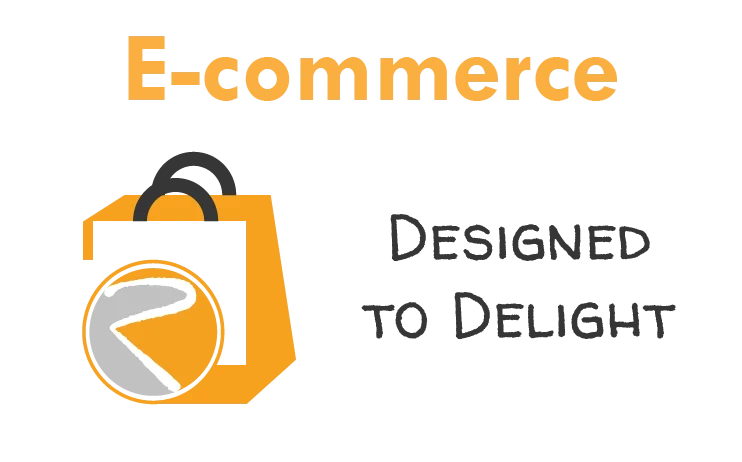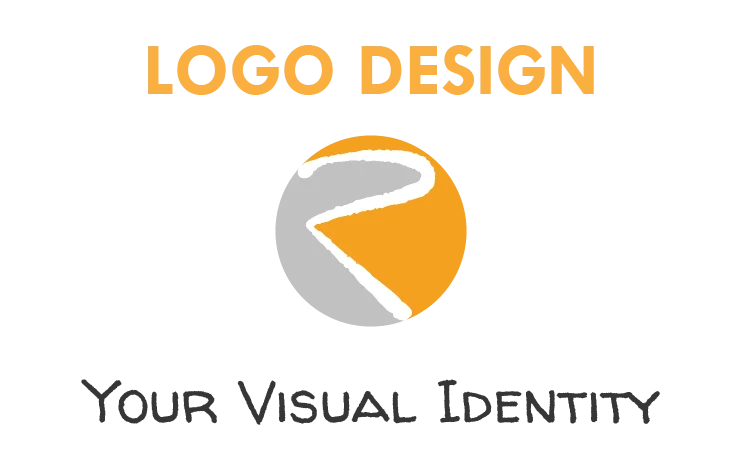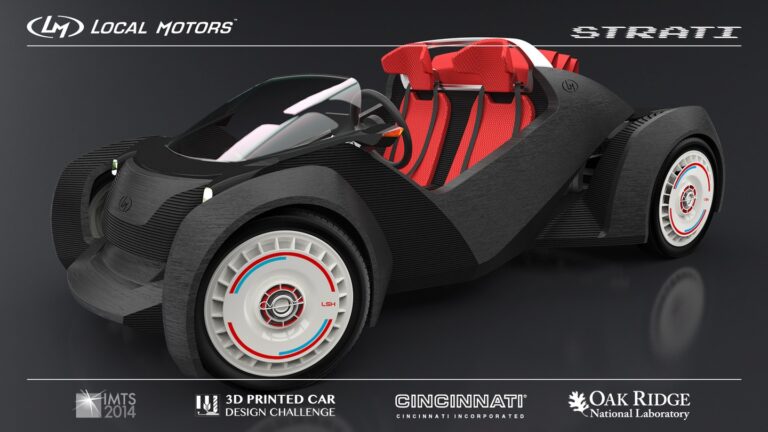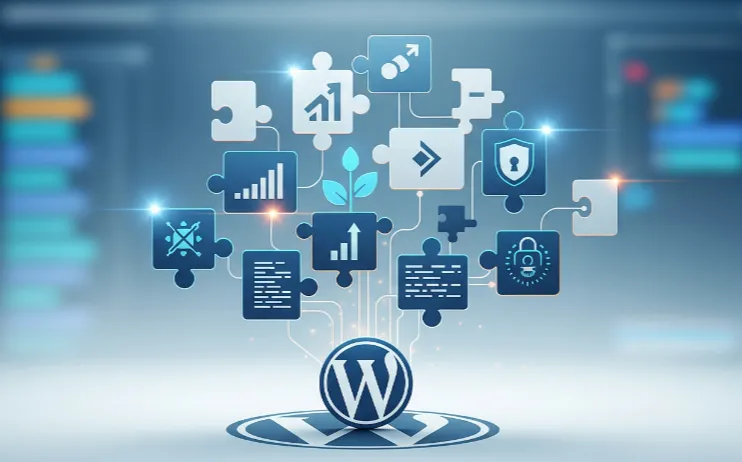In today’s competitive online marketplace, a well-designed e-commerce website is essential for success. It’s not just about having an online store; it’s about creating an experience that attracts customers, makes it easy for them to find what they’re looking for, and encourages them to make a purchase. This guide covers essential e-commerce website design best practices to help you drive sales and delight your customers.
Key Elements of Effective E-commerce Design
- Clear Navigation: Make it easy for customers to find what they’re looking for. Use intuitive navigation menus, search functionality, and filtering options to guide them through your product catalog.
- Compelling Product Pages: Your product pages are where the magic happens. Use high-quality images, detailed descriptions, and customer reviews to showcase your products and persuade customers to buy.
- Streamlined Checkout Process: A complicated or confusing checkout process can lead to abandoned carts. Make it easy for customers to complete their purchases with a simple and secure checkout process.
- Mobile Optimization: With the rise of mobile shopping, it’s crucial to have a mobile-friendly e-commerce website. Ensure your website is responsive and provides a seamless experience on all devices.
- Trust and Security: Build trust with your customers by displaying security badges, secure payment options, and a clear privacy policy.
Best Practices for E-commerce Website Design
- High-Quality Product Images: Use professional, high-resolution images to showcase your products in the best possible light. Consider using multiple images from different angles and zoom functionality to give customers a closer look.
- Detailed Product Descriptions: Provide detailed and informative product descriptions that highlight the key features and benefits of your products. Use clear and concise language that resonates with your target audience.
- Customer Reviews and Testimonials: Social proof is powerful. Display customer reviews and testimonials on your product pages to build trust and credibility.
- Easy-to-Use Search Functionality: Make it easy for customers to find what they’re looking for with a robust search function. Allow them to search by keyword, category, or other relevant criteria.
- Fast Loading Times: Website speed is crucial for e-commerce success. Optimize your website’s performance to ensure fast loading times and a smooth user experience.
- Secure Payment Options: Offer a variety of secure payment options to give customers peace of mind when making a purchase.
- Clear Shipping and Return Policies: Clearly communicate your shipping and return policies to build trust and manage customer expectations.
- Personalized Recommendations: Use product recommendations to suggest related items and increase sales.
- Live Chat Support: Offer live chat support to answer customer questions and provide assistance during the shopping process.
Optimizing for Conversions
- A/B Testing: Experiment with different design elements, such as product page layouts, call-to-actions, and checkout processes, to see what works best for your audience.
- Analytics Tracking: Use analytics tools to track your website’s performance and identify areas for improvement. Monitor key metrics such as conversion rates, bounce rates, and average order value.
What’s Next?
Ready to take your e-commerce website to the next level? Start by reviewing your current website and identifying areas for improvement. What changes can you make to enhance the user experience and drive more sales? Share your questions and insights in the comments below! At Rudtek, we specialize in designing high-performing e-commerce websites. Contact us today to learn how we can help you create an online store that delights your customers and drives business growth. We also offer e-commerce development to help you build a powerful online store.







